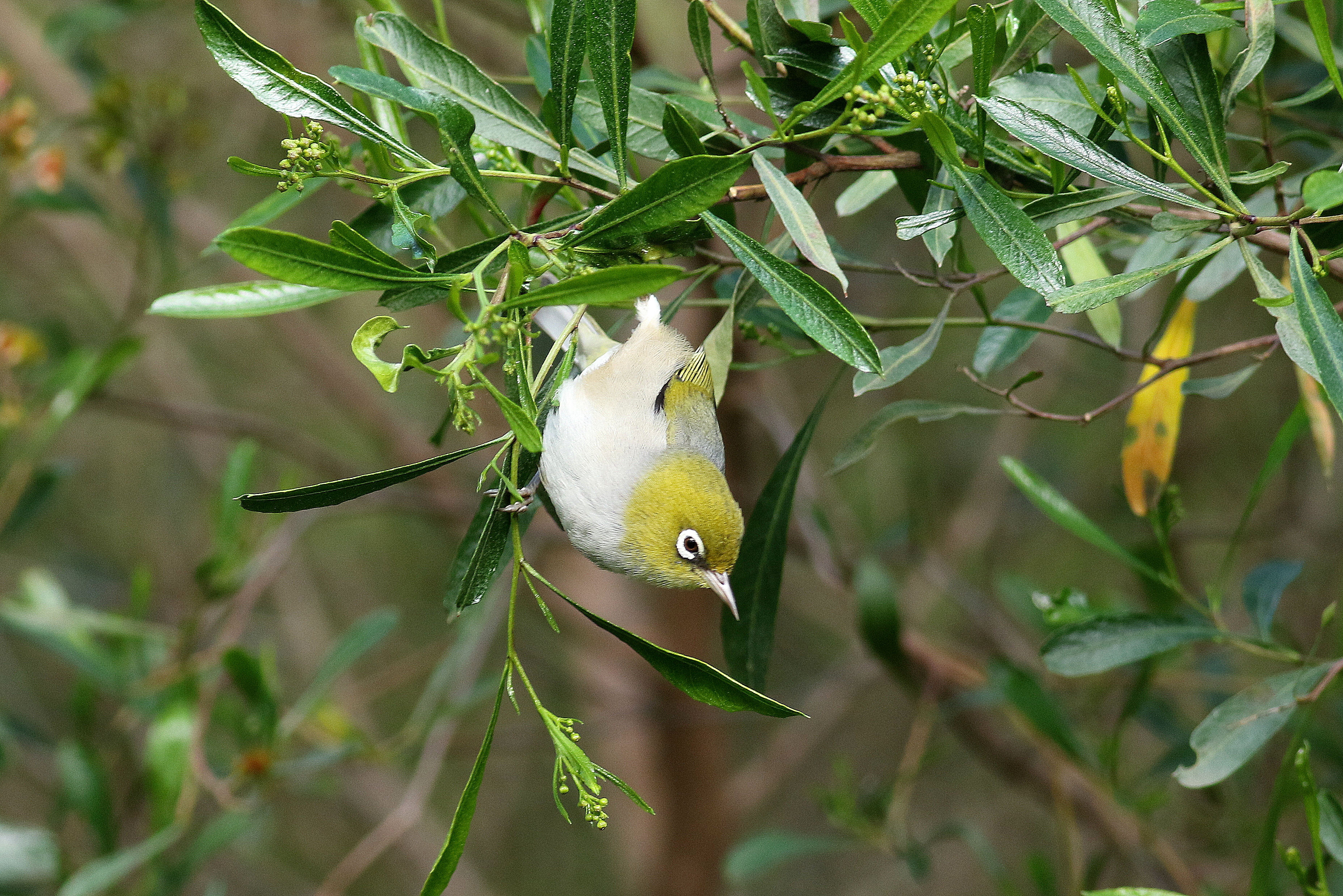Adelaide is home to hundreds of different bird species. Ever wondered which ones are the most popular? Here's 9 common native birds you can find in urban Adelaide.

When you think of neighbours, what might not pop into your mind are the birds whose homes are around – and sometimes in – your home, or at least your backyard.
Adelaide is home to many different bird species, here are 9 of the most common:
1. Noisy miner

Noisy by name and noisy by nature. The native noisy miner’s name is well suited.
This species can be quite aggressive, to the point of kicking other birds out of their living quarters of open spaces and tall trees.
You can encourage and protect smaller, less dominant native birds by planting dense native shrubs in your yard to give the others a go.
2. New Holland honeyeater

Have you noticed any of your other neighbours making a lot of noise?
This one likes to zip around looking for nectar and insects. It’s the new Holland honeyeater and one of Australia’s most energetic birds.
3. Silvereye

The beauty about this neighbour – the silvereye – is that it eats the bugs that damage your plants and fruit (like lerps, aphids and caterpillars), although it’s known to have a sweet tooth with a taste for fruit too.
The incredible thing about silvereyes is that they build nests out of grass, hair and plants with fine vegetation like grass, and use spider webs to hold the whole thing together!
4. Willie wagtail

The willie wagtail is another insect eater.
This bird builds its nest from a range of materials including hair and fur, and they’ve been known to snatch it directly from an animal – cheeky!
While it’s common in Adelaide, local surveys suggest their numbers are declining.
5. Australian magpie

The smart, cheeky and protective birds of Australia. They gained their superstardom for swooping, but most people in the know don’t judge them. After all, it’s only six weeks when the birds defend their nest to protect their babies.
Maggies are intelligent birds and full of character, with a wonderful iconic call.
6. Magpie-lark

Do you have a lot of nicknames? So does this bird!
Magpie-lark, peewee or peewit (because of its call), Murray magpie and the ever controversial piping shrike.
7. Red wattlebird

The red wattlebird’s name comes from its fleshy red ‘wattle’ on the side of its neck.
It eats nectar and insects and while you’re more likely to see one flying solo, larger numbers can congregate noisily in trees with lots of flowers, often with honeyeaters and lorikeets.
8. Welcome swallow

Welcome swallows eat insects such as beetles, flies and wasps while flying – clever!
They’re also not fussy about where they live, and can even be spotted at sea chasing flying insects. This is how their name came about. When sailors saw them they knew that land was not far away!
9. Tree martin
Every evening between January and May, as many as 10,000 tree martin birds descend on Leigh Street in the CBD. It’s a strategic arrival and quite an incredible sight.
They hang out on Callery pears, which have been planted as street trees across much of Adelaide. Tree martins are also widespread across large parts of South Australia.